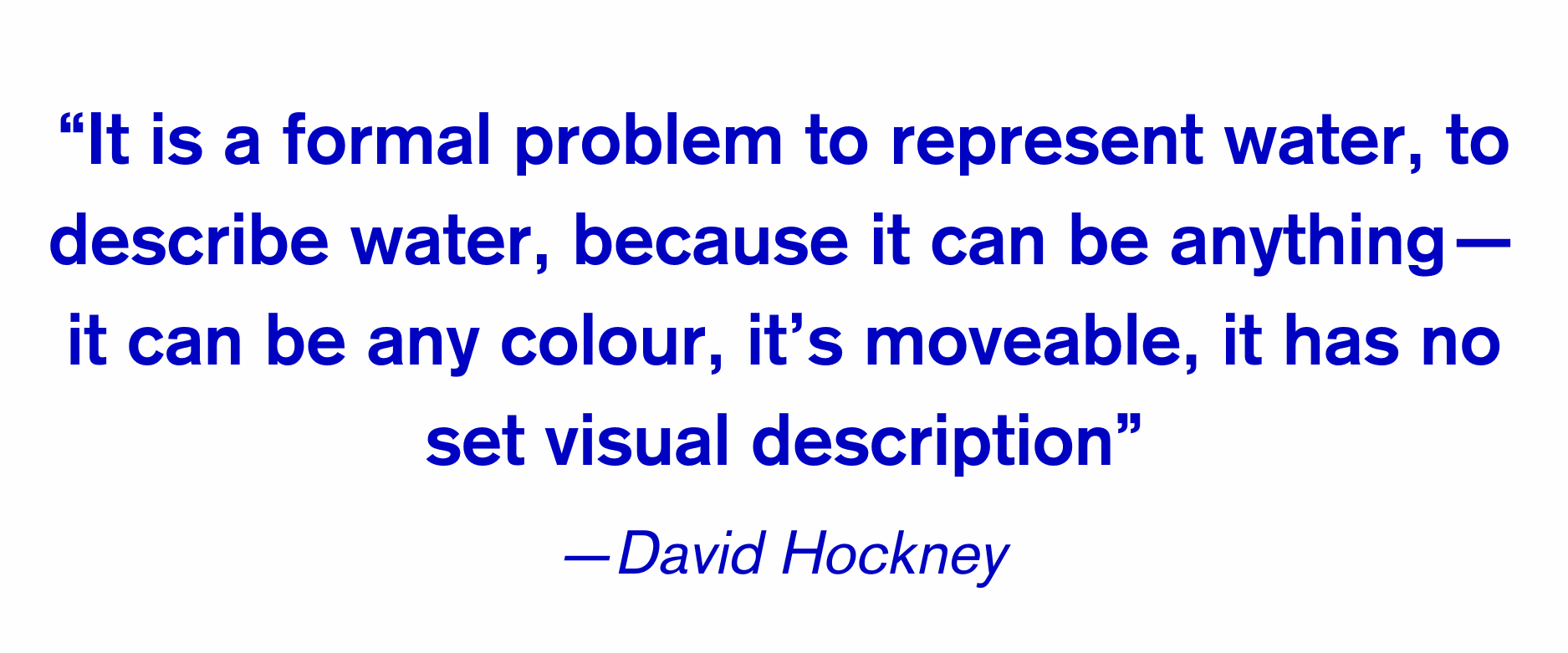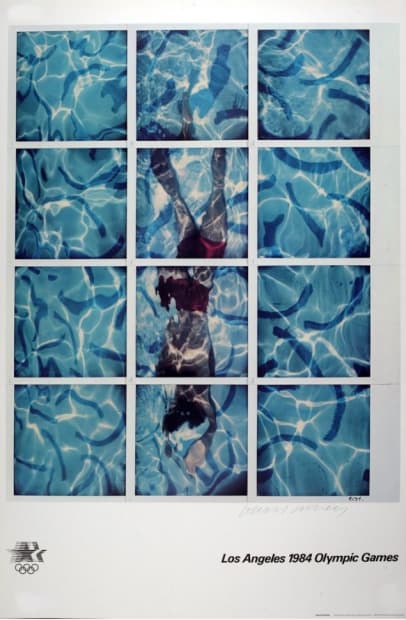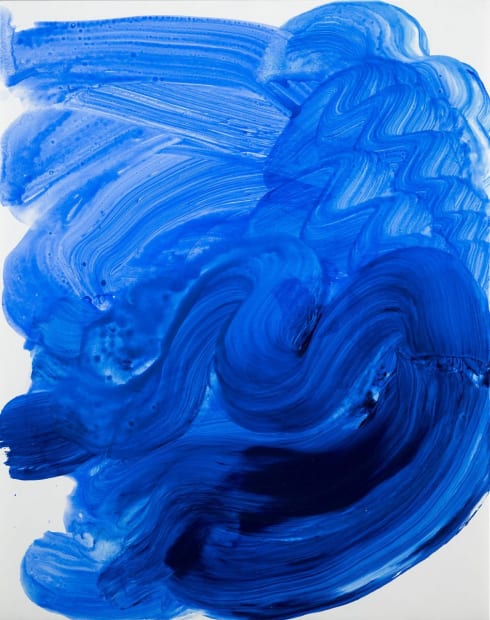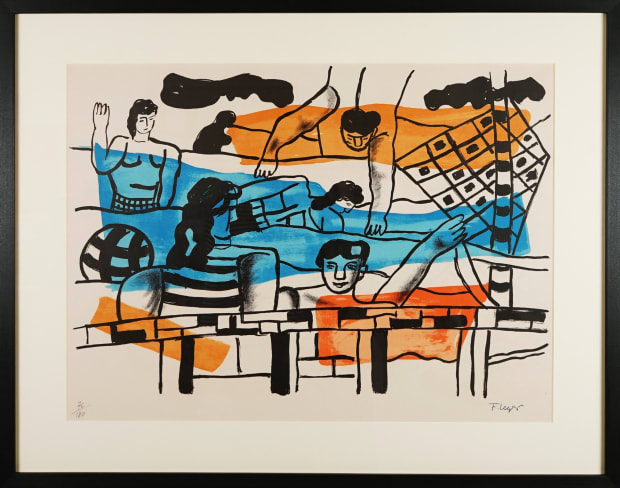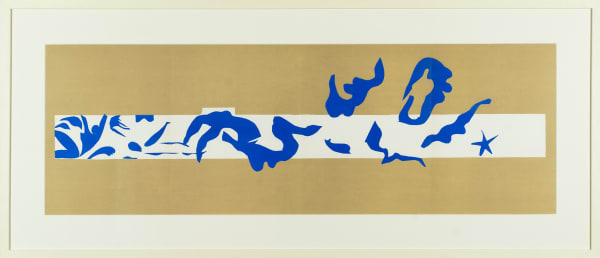-
Humans have always been drawn to water, with over half the global population living within 3 kilometres of an ocean, lake, river or sea. It is no surprise that we have depicted swimming, diving and bathing in artworks since the palaeolithic era. As more and more people began living in urban environments at the turn of the 20th century, man-made swimming pools moved into cities, towns and homes. At the dawn of this Modern era, pools also got the Modern art treatment, captivating some of the world’s greatest artists, such as Henri Matisse, Fernand Léger, David Hockney and Howard Hodgkin.
-
-

-
-
-
-

-

Subscribe to receive our weekly newsletter.
Be the first to know about new artwork, exhibitions, events and offers.
* denotes required fields
Sign up now to get exclusive early access to new inventory before it hits our website. As a subscriber, you'll also receive advance notice about upcoming art fairs, events, and special offers. You can read our privacy policy here.



